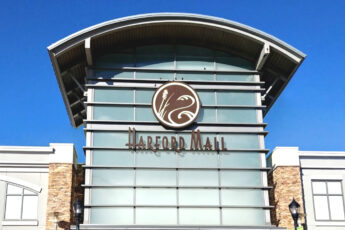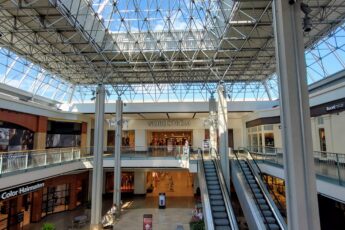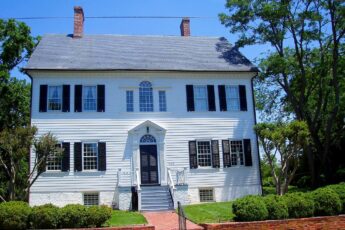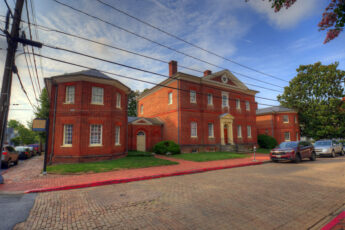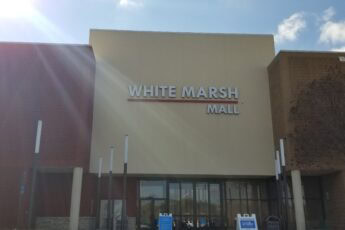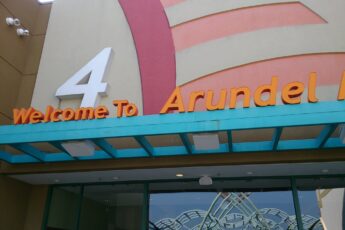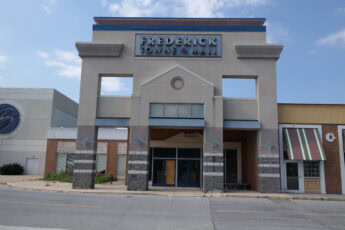When the Sand Isn't the Whole Story
There's a reason some people return to Ocean City, Maryland, every year, and it isn't only the Atlantic shoreline. The draw reaches further than beach chairs and fried clams.
Ask anyone who has stepped off the Boardwalk into a museum built from shipwrecks or watched the sun drop behind a bayfront bar pulsing with music.
In this guide to top attractions in Ocean City, Maryland, the focus is on places that give visitors more than they expected and leave them rethinking what a coastal town can offer.
What a Day Off Looks Like Here
Ocean City was built around time off. That's still true.
Whether someone drives in for a weekend or stays a week, the town's layout nudges them toward options.
The 10-mile beach is public and free. A wooden promenade runs 2.5 miles long, mixing foot traffic with the low whir of rental bikes.
At night, lights flicker from arcades, ferris wheels, and open-air restaurants.
On the north end, Northside Park stretches 58 acres and stays lit for evening games or late walks.
Small places round out the rest: a shipwreck museum above a souvenir shop, a historic life-saving station holding stories of storms and rescues, and a fishing pier first built in 1907.
There's also access to kayaking, jet-ski rentals, and bayside seafood spots where live bands play on summer nights.
None of it requires advance tickets. Most of it doesn't require planning. Visitors just have to show up.
The Boardwalk That Started with Carpet
Ocean City's Boardwalk didn't begin as a municipal project.
Around 1902, hotel owners laid portable wooden planks along the sand so guests wouldn't track grit indoors.
By 1910, a permanent promenade took shape, stretching five blocks.
In the 1920s, that walkway reached 15th Street. Today it runs from the Inlet to 27th.
Visitors walk past a mix of century-old businesses and seasonal vendors.
The Boardwalk still hosts arcades and snack shacks, but it also supports year-round shops.
A low concrete wall and wide beach keep the ocean in view the whole way.
Bikers, strollers, and foot traffic move side by side.
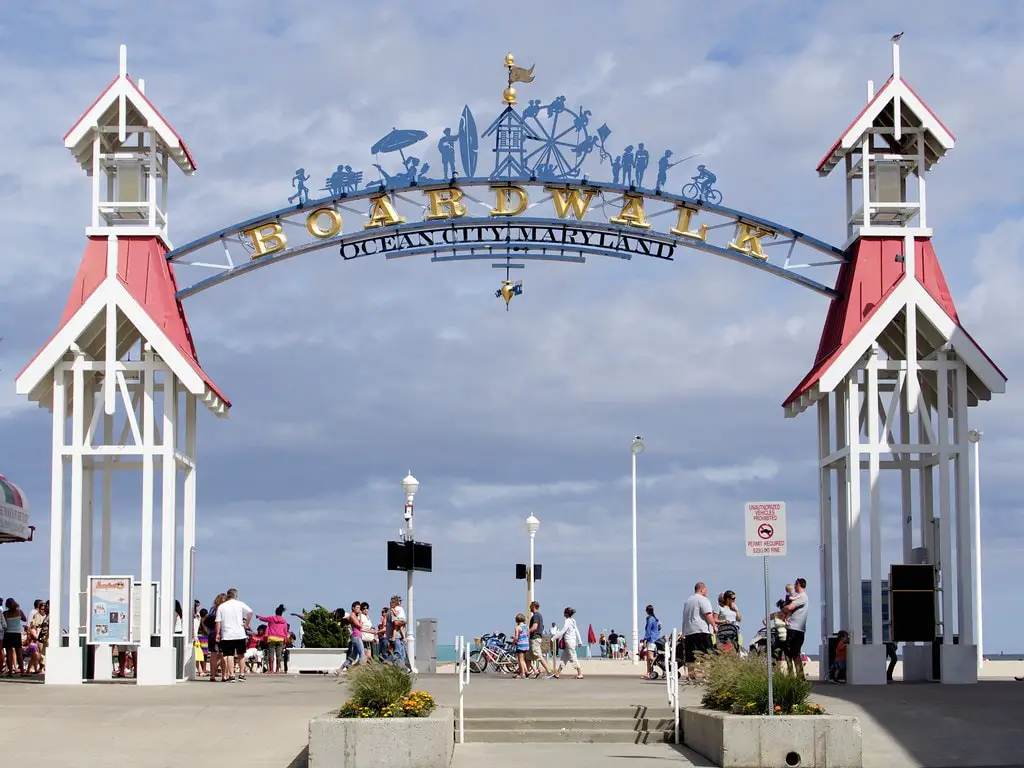
Trimper Rides and the Machines that Stay Running
At the south end of the Boardwalk, Trimper Rides has been operating in one form or another since 1893.
The indoor carousel, installed around 1912, still rotates daily in summer.
A Haunted House dark ride, built in the early 1960s, mixes mechanical effects with hand-built scenery.
The outdoor sections carry more recent additions: spinning coasters, game booths, and swings that arc over pavement.
The Trimper family kept control of the park into the 21st century.
Some of the older attractions use belt drives and chain lifts that haven't changed in decades.
That contrast holds the place together more than any signage.
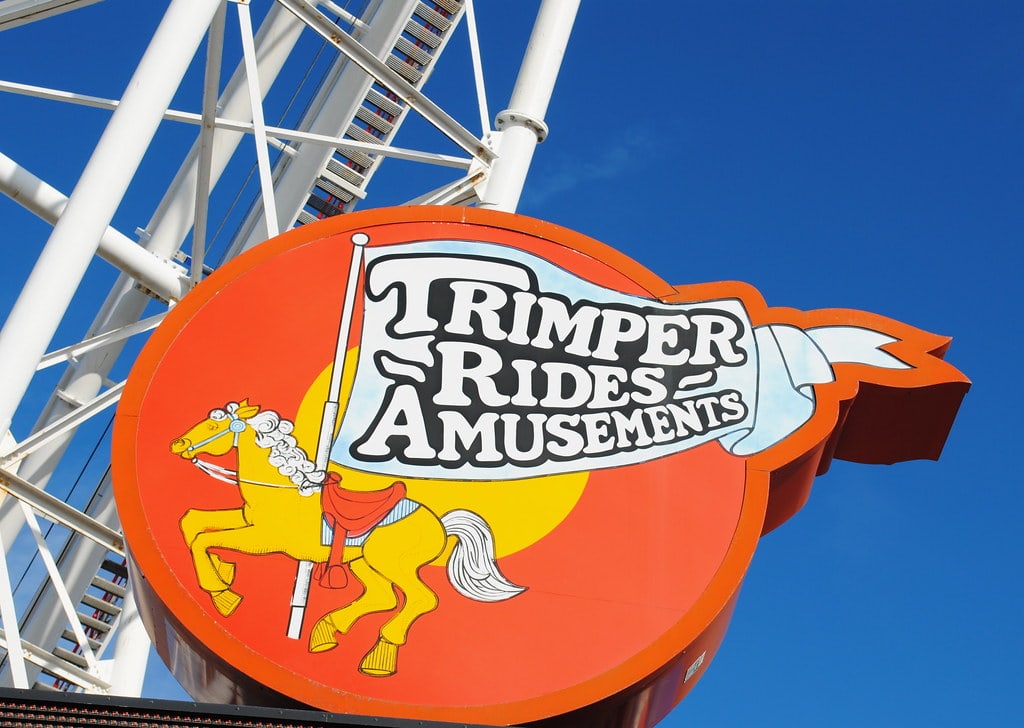
Northside Park After Sundown
Northside Park covers 58 acres near 125th Street.
Its fishing lagoon doesn't take reservations, and lights on the soccer fields stay on past sunset in summer.
The park hosts Ocean City's Winterfest of Lights every year, a holiday display that started in 1992.
Walkers use the bridges year-round.
The recreation building includes a gym and sports courts, and visitors with kids often drift toward the playground near the bay.
Picnic pavilions book early on weekends but stay open during weekdays.
The park doesn't get the Boardwalk's noise, and for many, that's part of the reason they come back.
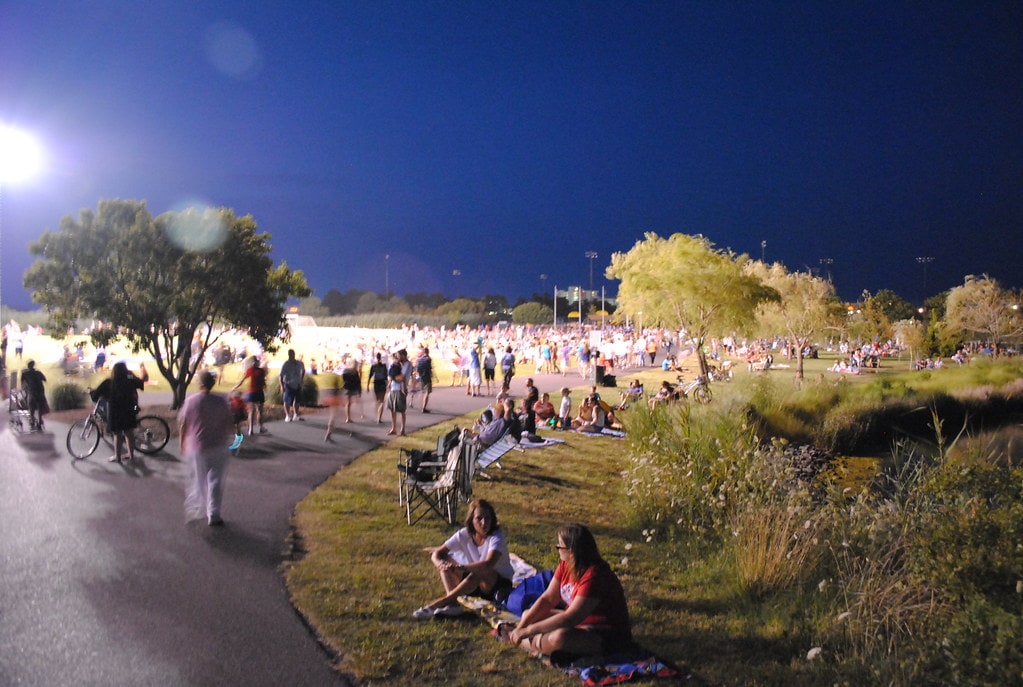
Fager's Island and the Clock That Matters
Fager's Island sits off 60th Street on the bayside.
The building rises on pilings over the water, housing a restaurant, nightclub, and small hotel.
On summer nights, live bands play on the deck while people crowd the railing to watch the sunset.
The staff rings a brass bell at that exact moment.
Mondays bring the weekly Deck Party, running from 5 pm to close, with barbecue platters and DJ sets.
The indoor dining room serves what the owners call American cuisine with a coastal angle.
Fager's has operated since the 1970s but hasn't relied on tradition to fill seats.

Shipwrecks in the Upstairs Hall
The DiscoverSea Shipwreck Museum sits on the second floor of Sea Shell City in Fenwick Island, just across the Maryland-Delaware line.
Its collection holds about 10,000 artifacts at any one time, drawn from wrecks in the Atlantic and Caribbean.
Spanish coins from the Guadalupe, which sank in 1724, appear alongside trade goods and navigational tools.
Founder Dale Clifton began assembling the museum's contents in the 1980s.
Most pieces come from private dives or historical expeditions.
Exhibits rotate depending on loans and preservation cycles.
The museum doesn't charge admission but asks visitors to check hours before arriving, since they shift seasonally.
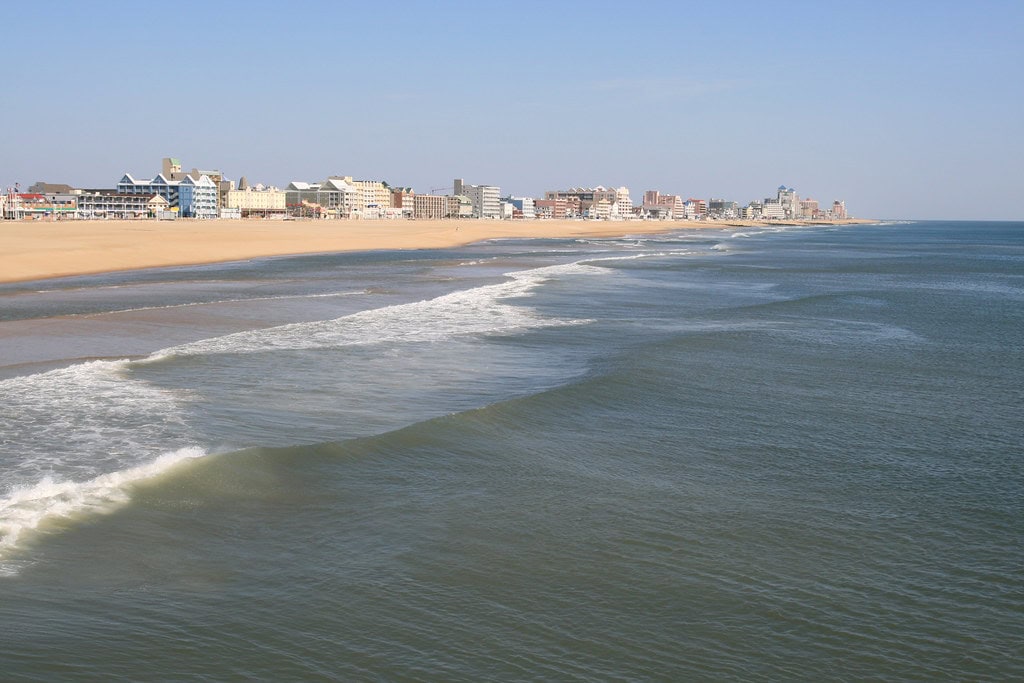
A Station Built for Rescue
The Ocean City Life-Saving Station Museum sits in what was once a working rescue house.
Built in 1891, it belonged to the U.S. Life-Saving Service, a forerunner to the Coast Guard.
The tools inside weren't for show then, Lyle launchers fired lines to sinking ships, and breeches buoys pulled people in, one at a time.
Now, those same tools hang under the rafters of the relocated station near the Inlet.
One room tracks local storms. Another preserves the transition from fishing camp to resort town.
Downstairs, tanks hold live horseshoe crabs and rays in quietly filtered water.
The Wild Edge of the Map
Assateague Island doesn't give much away. No neon signs, no concrete lots. Just flat land, wide sky, and horses that graze like they never left.
The island runs for 37 miles, across state lines, and much of it stays untouched.
Since 1965, the National Park Service has kept it that way.
To reach it from Ocean City, you take the long route down Route 50, then cut south.
A dune path might lead to a surf break. A boardwalk trail might end in the marsh.
Wild ponies move where they want. Visitors keep their distance. That's the arrangement, and it holds.
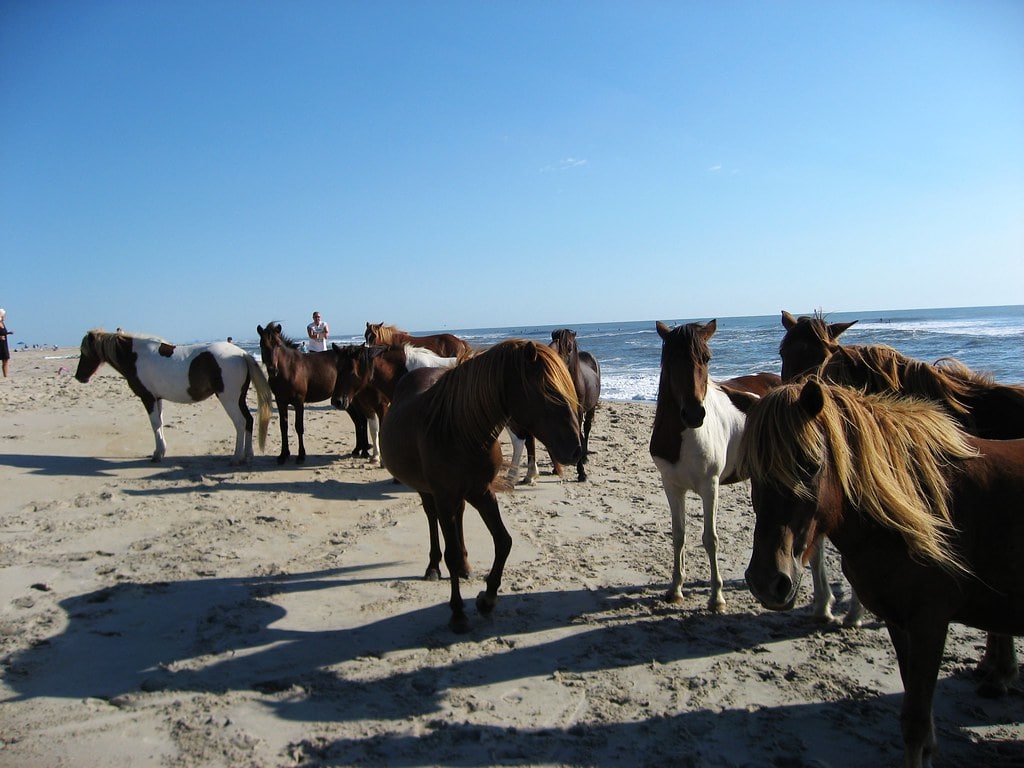
Built for Poles and Quiet Rules
The Ocean City Fishing Pier went up in 1907 and has been partially rebuilt more than once.
A 1962 storm cut it short. Other nor'easters left gaps and snapped railings. Still, the line runs straight from the Boardwalk into the Atlantic.
The entrance sits behind a bait counter, and the rules are posted: no cast nets, no loud music, no sleeping on benches.
Bluefish and kingfish come in during warmer months.
Locals know what tides to watch. Tourists lean over the rails with waffle cones and ask questions.
In high season, someone fishes from almost every spot before breakfast.
Amusement by the Inlet
Jolly Roger at the Pier doesn't try to hide what it is.
It's loud, open late, and packed. The Ferris wheel faces the ocean, lit like a carnival.
The park opened in 1964 and stuck with the basics: roller coasters, tilt-a-whirls, and ring toss booths.
A pirate ship swings above the fence line. Kraken, a looping coaster, roars through in bursts, and ticket lines back up by early afternoon.
Everything's tuned for fast turnover: cash boxes, wristbands, ride operators who barely slow the platform.
After dark, the music drowns out the surf. From the Boardwalk, it all blends into one long noise.
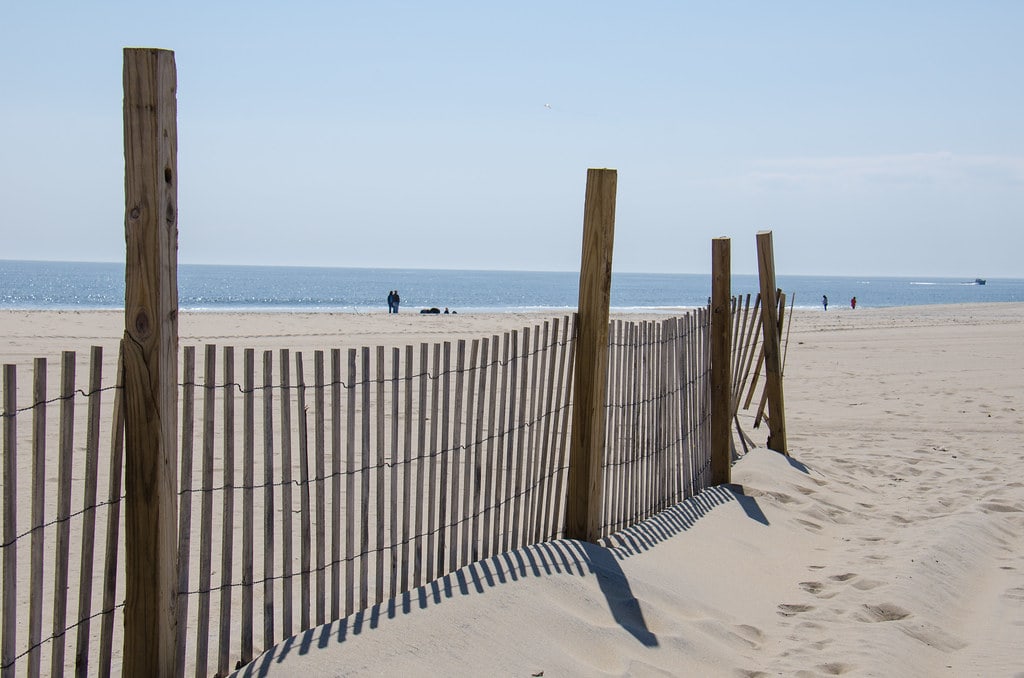
Ten Miles, No Gate
Ocean City's beach runs ten uninterrupted miles. There's no entrance, no fee, no crowd control, just steps in the sand.
The lifeguards show up at 10 a.m. from Memorial Day to Labor Day. By then, umbrellas dot the shoreline in rows.
Volleyball games pop up near the Boardwalk, surf casters dig in at the quieter ends, and kite strings cut diagonals into the sky.
Trash trucks sweep the sand at night. On-season, dogs are banned and alcohol draws fines.
Off-season, the rules loosen. You'll still see people out there in December, walking fast into the wind, heads down.
🍀

